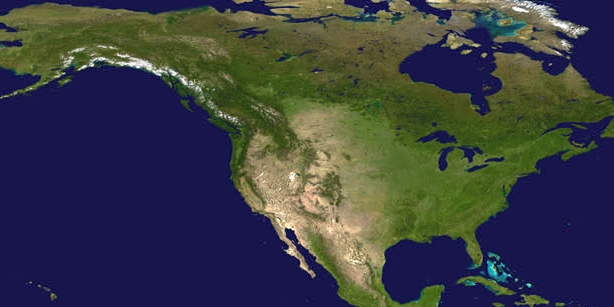

The remnants of Tropical Storm Ophelia over the Atlantic Ocean combined with a mid-latitude system arriving from the west at a time of year when ocean conditions are particularly active for storms. This particular combination system lingered over New York for 12 hours.
The storm unleashed more than eight inches of rain in parts of the New York metropolitan area from Thursday, Sept. 28 into Friday night, leading to flood water coursing through streets and into basements, schools, subways, and vehicles throughout the nation’s most populous city. Twenty-eight people were rescued with no reported deaths.
New York Gov. Kathy Hochul declared a state of emergency for New York City, Long Island, and the Hudson Valley on Friday morning as the worst of the flooding hit. New Jersey Gov. Phil Murphy also declared a state of emergency Friday afternoon.
Midtown Manhattan was drenched Friday with 6.09 inches of rain, while more than 7.25 inches had fallen in parts of Brooklyn by nightfall. The 8.65 inches of rain at John F. Kennedy Airport surpassed its record for any September day since Hurricane Donna in 1960.
Floodwater spilled into subways and onto railways, which caused “major disruptions,” including suspensions of service on 10 train lines in Brooklyn and all three Metro-North train lines.
Air travel didn’t fare any better. Flight delays hit all three New York City area airports Friday. Flooding inside the historic Marine Air Terminal in New York’s LaGuardia Airport forced it to close temporarily.
The rain also drenched most of Connecticut. A calendar-day record of 4.07 inches fell in Hartford, which has received 11.84 inches this month, the second-most in September on record. Hartford has seen more than 50 inches so far this year, the fourth-most on record year-to-date.
As the heaviest rain ended by Saturday morning, a total of 5.90 inches had fallen at New York's Central Park, enough to enable a sea lion named Sally to briefly swim out of the confines of her pool enclosure at the Central Park Zoo, before returning after her exploration.
The deluge came two years after the remnants of Hurricane Ida dumped record-breaking rain on the Northeast and killed at least 13 people in New York City, mostly in flooded basement apartments.
As the planet warms, storms are forming in a hotter atmosphere that can hold more moisture, making extreme rainfall more frequent.
Gov. Hochul said the experience shows how the state will need to prepare for a “new normal” of regularly occurring extreme weather events.
“We have to be sure that we are ready not for the storms of 1,000 years or the storms of 100 years, but the storms that are literally coming month by month,” Hochul said in a news conference Saturday morning.
Data from NOAA’s geostationary and polar-orbiting satellites are merged to create detailed and comprehensive flood zone maps. These maps help FEMA and first responders determine where to focus their efforts. They also allow for insight into where water is receding. This highly valuable information is given to community officials to help them determine, in combination with other critical resources, when it is safe for people to return to their homes.
During a major flooding event, local forecasters and first responders rely on satellite data, along with other tools like aerial mapping, to understand the extent of damage. NOAA flood products help identify where flooding may be occurring and aid officials in determining where to employ often limited resources during a flood.
When storm systems develop with the potential to cause flash flooding, NOAA satellites will be watching.
